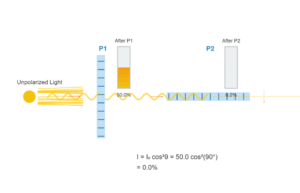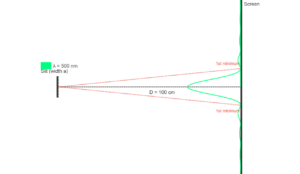3D Doppler Effect Simulation
Value: 0 (relative to speed of light)
Source at rest
Value: 1 (arbitrary units)
Wavelength: 1.00
Doppler Shift:
Δν/ν = 0.00 |
Observed Frequency: 1.00
Source (Emitter)
Observer (Receiver)
Wavefronts (Normal)
Wavefronts (Blueshift)
Wavefronts (Redshift)
Doppler Effect Explained
The Doppler effect describes how the frequency of waves changes when the source and observer are moving relative to each other.
For velocities small compared to the speed of light (v ≪ c):
Δν/ν ≈ -vradial/c
Where:
- Δν/ν = fractional change in frequency
- vradial = radial velocity of source relative to observer
- c = speed of light (or speed of waves in the medium)
Key observations:
- When the source moves away from the observer (positive vradial), the observed frequency decreases (redshift).
- When the source moves toward the observer (negative vradial), the observed frequency increases (blueshift).
- The effect is symmetrical - the same result occurs if the observer moves while the source is stationary.



